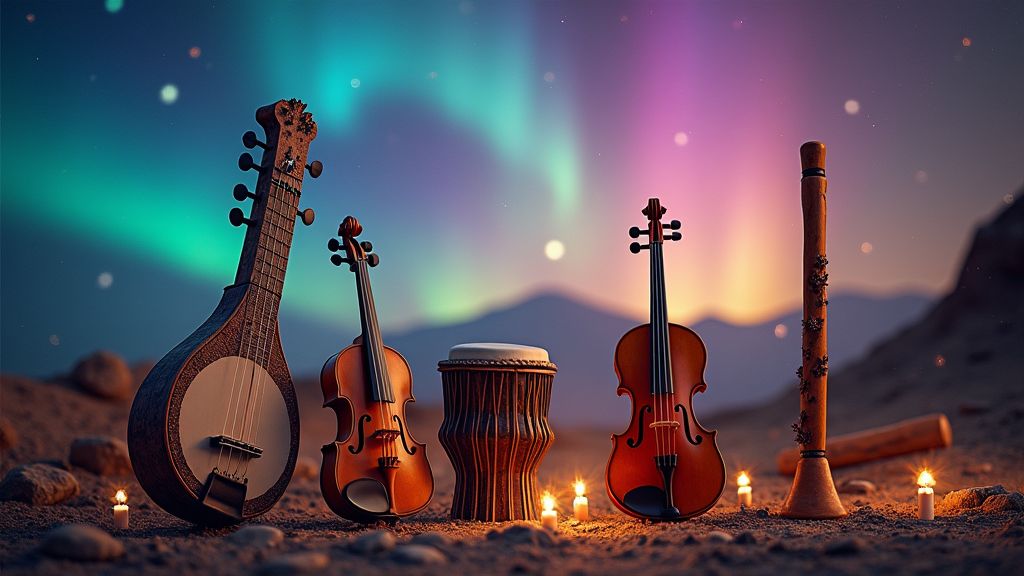Advertisement
Behind the Scenes of Back to the Future
Back to the Future is one of the most beloved and iconic films of all time. It’s no surprise that fans and filmmakers alike are endlessly fascinated by the secrets behind this classic movie. In honor of its upcoming 40th anniversary, here are some interesting and lesser-known facts about Back to the Future’s production.

The movie was written by Bob Gale and Robert Zemeckis, with Zemeckis serving as director. They came up with the idea for Back to the Future one day when they were discussing how their own parents seemed so much older than them, and if they would be friends with them in high school. This conversation sparked a curiosity in them to wonder what it would be like to travel back in time and meet their younger selves.
Casting was critical, so after several auditions, Eric Stoltz was cast as Marty McFly; however, after five weeks of filming, Zemeckis realized that he wasn’t right for the role. After a heated debate among Zemeckis and executive producers Steven Spielberg and Frank Marshall, Michael J. Fox ended up getting the part — though he was already committed to Family Ties at the time.
For some scenes, they needed a car made in 1955 that could look like it had come straight out of Hill Valley in 1955 — but still drive like a modern car. The solution? A modified DeLorean DMC-12. Special effects guru Douglas Trumbull outfitted it with futuristic lights and smoke machines, creating an unforgettable car chase scene when Marty first travels back in time.

The famous clock tower scene which triggers Marty’s return journey into 1985 presented some technical challenges since filming outside posed potential risks from lightning strikes to strong winds blowing props away from set pieces due to its high elevation location; thus, it was shot indoors on a soundstage instead — complete with a real bell!
To bring Hill Valley’s 1950s atmosphere to life, production designer Rick Carter carefully recreated sets including Lyon Estates (1980) vs Lyon Estates (1955), Cafe 80’s (1985) vs Lou’s Cafe (1955), Doc Brown’s laboratory (1985) vs Doc Brown’s garage (1955). He also sourced vintage buildings such as a post office building from Cresskill NJ made circa 1887 that served as inspiration for Hill Valley High School in 1955 along with other vintage buildings both inside Hill Valley itself as well as other locations outside town such as Lone Pine Mall used for exterior shots of Twin Pines Mall.
Costume designer Joanna Johnston collaborated closely with director Robert Zemeckis on creating looks for both 1985 and 1955 Hill Valley denizens which included Marty McFly’s signature red puffer vest along with his two main outfits – one from each timeline – which she specifically designed for him due to Michael J Fox being slimmer than Eric Stoltz who had previously been cast in role before Fox joined production mid-way through shooting process.
Artist Mike Fink also contributed cartoonish touches such as giant foam hands & rubber chickens used during Enchantment Under The Sea dance sequence as well custom props fabricated specifically for various scenes throughout movie. Finally composer Alan Silvestri created some memorable music cues throughout film adding emotional depth & fun filled energy through his use of electric guitar riffs & dramatic horns..

All these elements were integral parts of bringing this classic flick to life even today many years later its impact can still be felt within our culture making Back To The Future truly timeless cinematic achievement!












